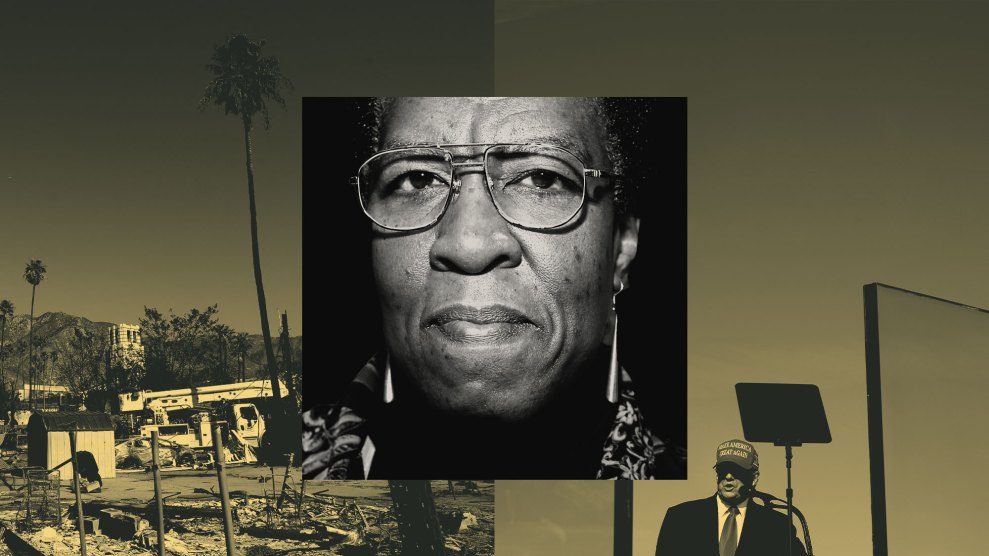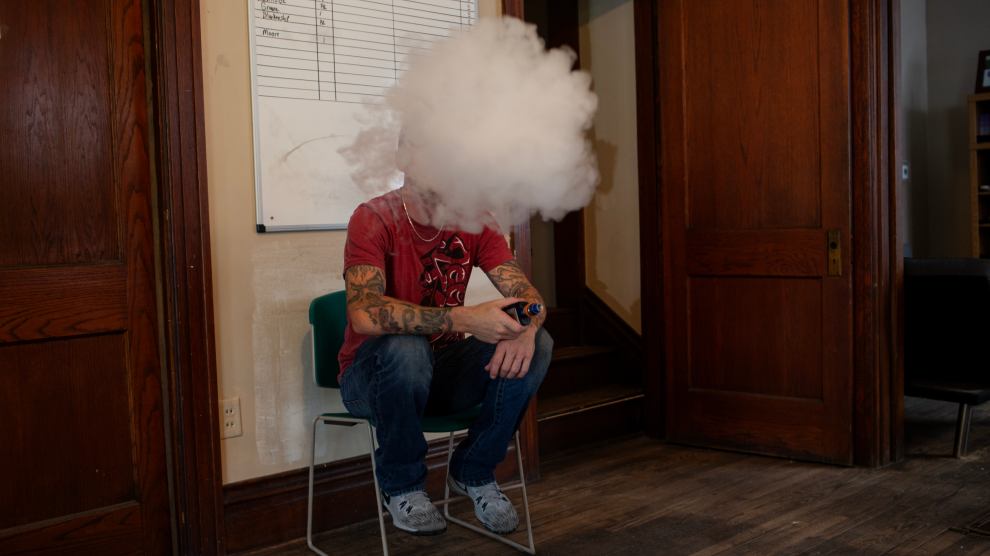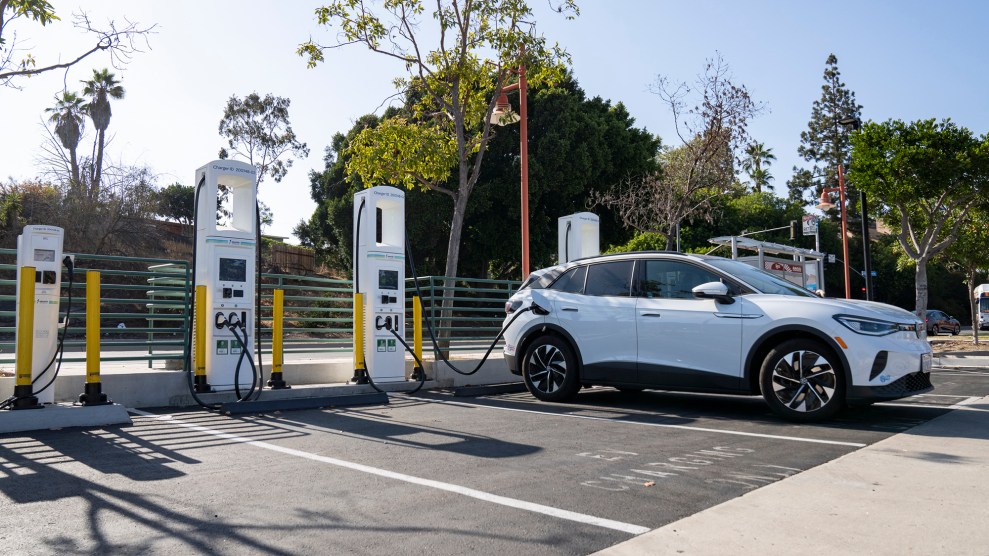After six years and billions of dollars, Plan Colombia—the United States’ ambitious program of aerial spraying aimed at wiping out Colombia’s illegal coca harvest—has succeeded mostly in pushing coca growing into new areas.
Worse, data from the U.N. show that Plan Colombia has failed to significantly reduce the country’s cocaine output, and on the streets of the United States, blow is cheaper than before the spraying began.
|
Coca sprayed since 2000 |
1.8 million acres (nearly the size of Yellowstone Park) |
|
Retail price of Roundup herbicide needed to cover that area |
$91 million |
|
Amount paid to Dyncorp to oversee eradication in 2005 |
$174 million |
|
Coca cultivation in 2000 |
337,000 to 404,000 acres |
|
Coca cultivation in 2005 |
212,500 to 356,000 acres |
|
Area of primary forest replaced by coca fields since 2000 |
241,000 acres |
|
Percentage of coca detected in 2005 that was found in areas where coca had not grown previously |
44% |
|
Percentage of area sprayed in the coca-rich district of Putumayo that actually contained legal crops or forest |
40% |
|
Change in U.S. street price of cocaine from 2000 to 2005 |
-29% |
“The fight for coca symbolizes our fight for freedom. Coca growers will continue to grow coca. There will never be zero coca.” –Bolivian president and former cocalero Evo Morales, February 2006. Bolivia is the world’s
No. 3 cocaine producer
















